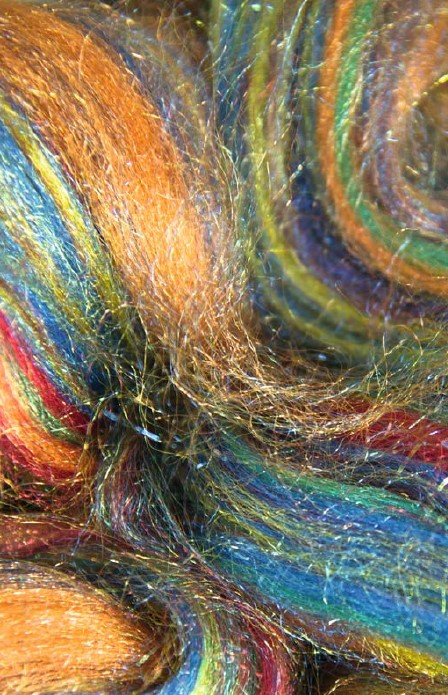
LINGERIE’S FUTURE
Everything You Need to Know about Man-Made Fibers
Imagine having the ability to manufacture lingerie materials with precision, tailored to your exact requirements. That’s the magic of man-made fibers. Unlike natural fibers, which maintain their original DNA, man-made fibers can be engineered to possess specific properties, ideal for intimate apparel. And if you want to combine the best of both worlds, they can even be blended with natural fibers. Today, let’s get started on this enlightening journey into the world of man-made fibers.
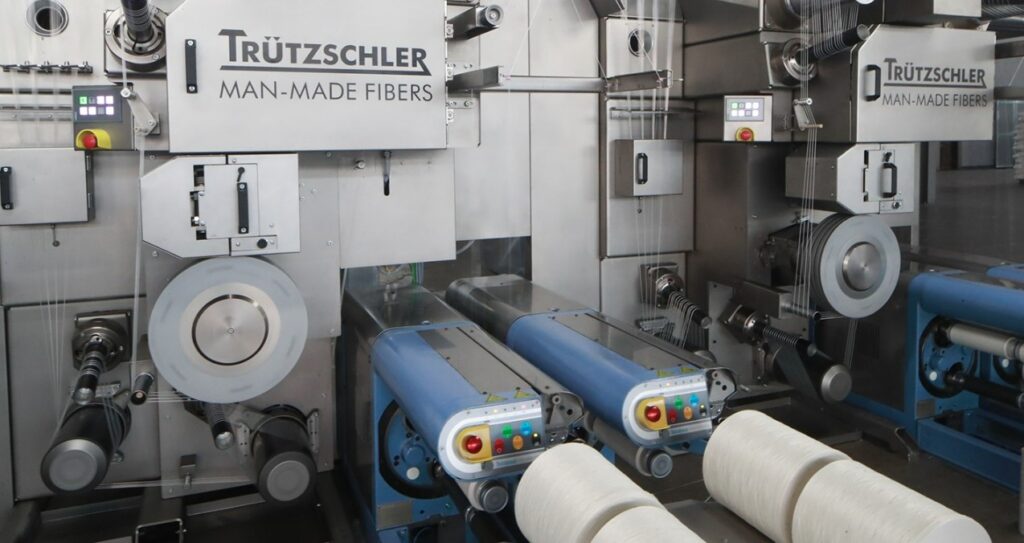
THE GLOBAL IMPACT
Before we dive deeper, let’s grasp the global scenario. Man-made fibers have shaken up the industry dynamics. Back in the ’90s, wool and cotton were the stars, but now, man-made fibers dominate, constituting a whopping 70% of global fiber production. China leads the charge, with Europe, India, and the USA not far behind. It’s a global revolution, my friends!
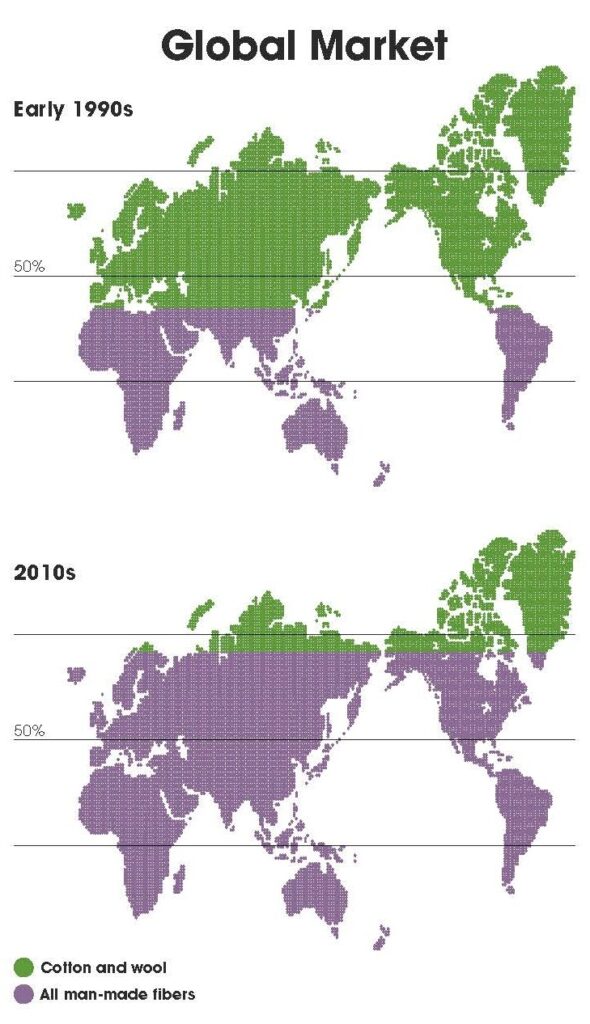
SUSTAINABILITY MATTERS
Now, here’s a surprising fact: man-made fibers can be eco-friendly! The next generation of such fibers is steering us towards sustainable production. Many of these fibers use renewable or recycled resources, rely on clean energy sources, and require minimal land and water resources. In other words, they leave a smaller carbon footprint, aligning perfectly with the growing demand for sustainable intimate apparel.
DECODING MAN-MADE FIBERS
To simplify the complexity of man-made fibers, let’s categorize them into two primary chapters: synthetic and artificial.
Synthetic Fibers: These are the ones derived from chemical compounds found in fossil fuels, like oil and coal. In our lingerie development toolkit, synthetic fibers are further divided into two leading subcategories: polyester and mine fibers.

- Polyester: Known for its durability and moisture-wicking properties, this fiber family includes Polyamide (nylon), Aramids (aromatic polyamides), Acrylic, Modacrylic, Olefin (polyethylene and polypropylene), Spandex, and synthetic rubber (polyurethane).
- Mined Fibers: These include metallic yarns, adding a touch of luxury to your creations.
Artificial Fibers: These are fibers that come from natural sources but need a little chemical intervention to become what they are. In this category, we have two leading subcategories: cellulose and biopolymer fibers.
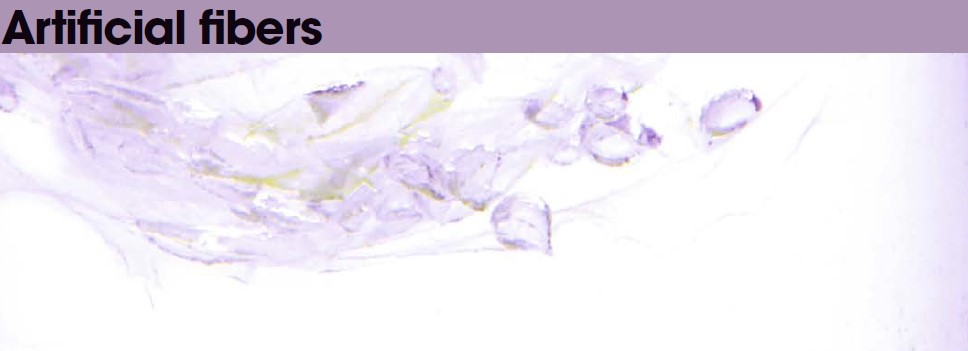
- Cellulose Fibers: These are regenerated from natural sources like wood, and they include Acetate, Rayon, Lyocell, and TENCEL®. They offer a luxurious feel and are perfect for comfort-driven lingerie.
- Biopolymer Fibers: These innovative materials bridge the gap between fiber and polymer science. They use proteins, sugars, or starches as their starting point. Consider exploring biopolymer fibers options like Corn fiber, Soybean fiber, Milk fiber, or Castor oil fiber for eco-conscious lingerie lines.
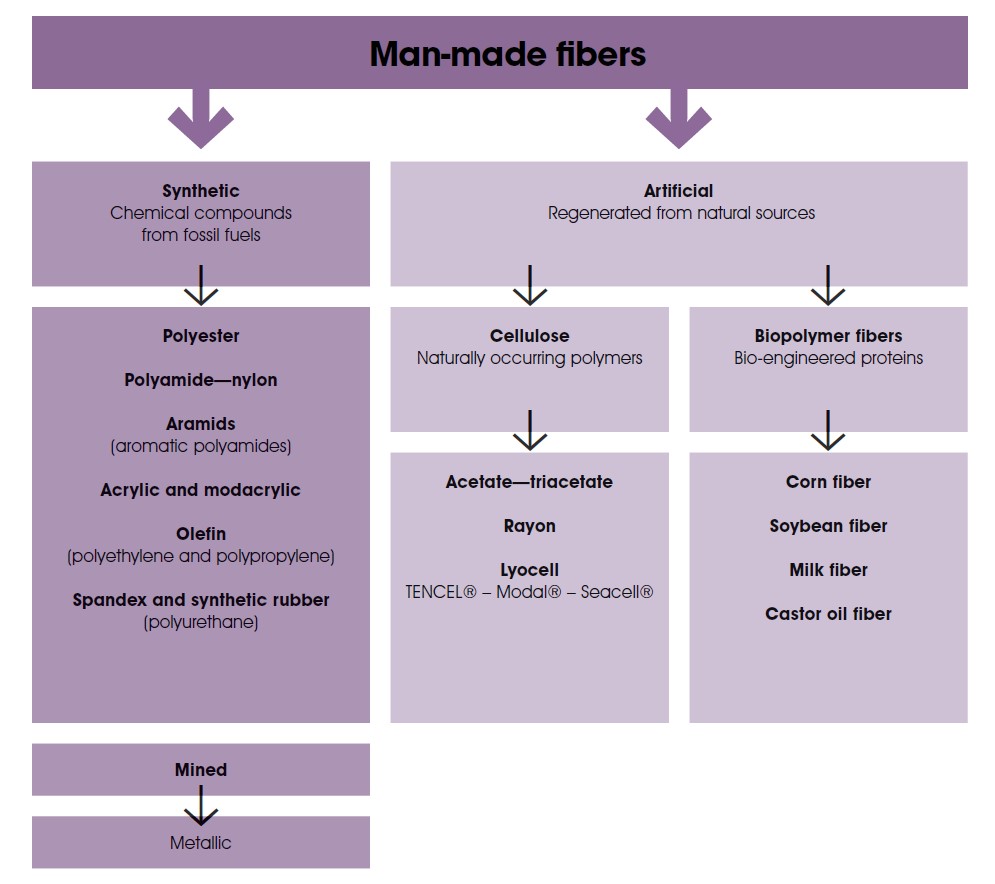
Now, as lingerie entrepreneurs, why does this knowledge matter?
WHY IT MATTERS TO YOU
- Versatility: Man-made fibers provide an array of options for your lingerie designs. Whether you want stretch, durability, or a luxurious feel, there’s a fiber to meet your specific needs.
- Affordability: For start-ups, cost-effectiveness is crucial. Man-made fibers often offer quality at a fraction of the cost of natural fibers.
- Sustainability: With eco-friendly options like TENCEL® and biopolymer fibers, you can cater to the growing demand for sustainable intimate apparel.
- Customization: Tailor your designs to perfection by selecting the right man-made fiber for your lingerie line.

So, there you have it – a crash course in man-made fibers tailored for the intimate apparel industry. Remember, the future of intimate apparel is not just about looking good; it’s about feeling good too. Definitely it’s all about choosing the right man-made fiber for the job, whether it’s crafting a comfortable everyday bra, a sensuous lace lingerie, or high-performance activewear.
